My Jankuary camera is proof that good things often arrive in unexpected ways. In this case, it came in the form of a Kodak EasyShare Z730 digital camera that the seller threw in the box for free when he was packing up a film camera I has purchased online. What did I get for free? In this case, a very nice little camera… with a few quirks.
The Kodak EasyShare was introduced in 2005. The Z730 (and its 2005 sibling, the Z590) were the latest in a line of cameras that Kodak introduced that slotted on to a dedicated charging/data transfer base that promised easy, one-touch sharing of files to a computer. Mine came without the base, although they show up pretty often in bins at yards sales and in thrift shops. I haven’t tried one, but I guess that modern computers would have a hard time connecting to an EasyShare base, making them one of a number of technological dead ends that seemed like a good idea at the time.
The Z730 features a 5-megapixel CCD sensor and Kodak’s own “Color Science Chip.” 5 megapixels may not sound like much, but if you’re posting photos online and don’t plan to make enlargements bigger than 8×10 it’s more than enough. Many fans of older cameras wax on poetically about the ability of CCD sensors to render colors beautifully, and the Z730 tends to bear this out. The colors pop and look very realistic … given enough light to work with.
In low light, the Z730 starts struggling pretty quickly. ISO maxes out at 800 (at which point the camera downgrades the image to 1.8 megapixels), making it a challenge to take acceptable photos indoors or after sunset. The built-in flash doesn’t help much, tending to overexpose anything close and leave everything else in the dark.
But in good light the camera works marvelously, in large part due to the stunning Schneider-Kreuznach lens. The lens is so nice that it seems out of place on a camera with such otherwise boring specs. The front element is gigantic, compared to the tiny lenses on many other digital cameras, and opens up to a maximum aperture of f 2.8 at the wide 33mm focal length (aperture goes down to f 4.8 zoomed in to 123mm). The zoom works fairly well, but like many other digital cameras of that time the image quality goes down as the focal length goes up.
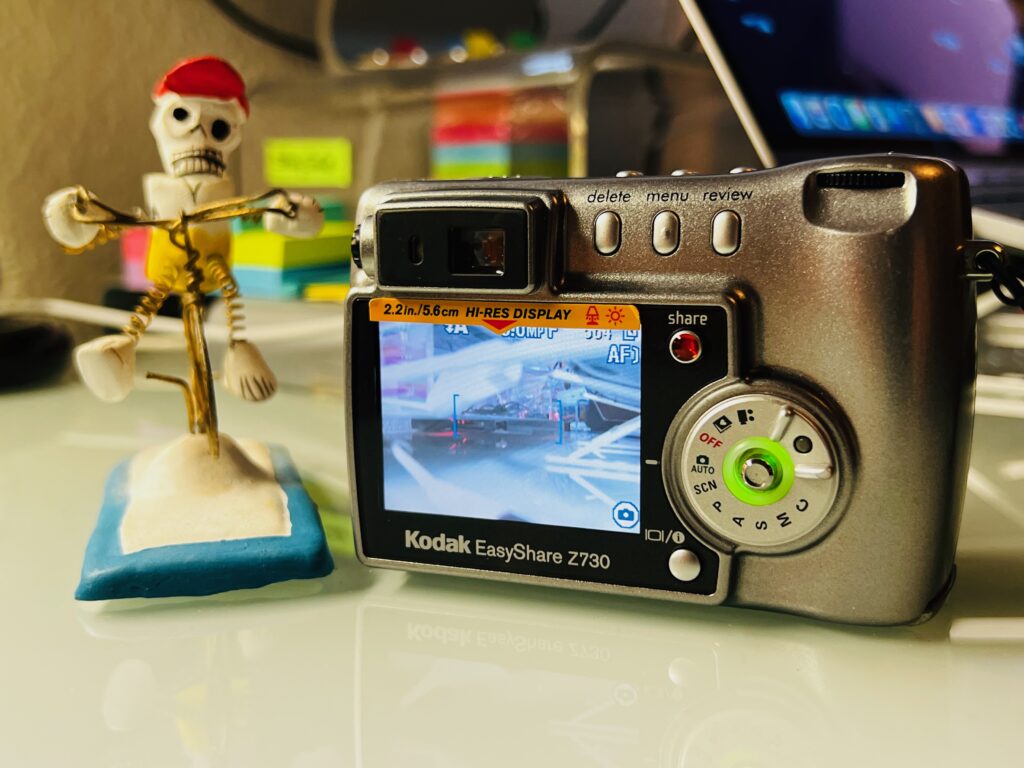
The Z730 is controlled mostly by a dial on the back that rotates around a tiny joystick. The screen is not touch-sensitive, so you’ll be using the dial the joystick to make all your menu selections. Also on the back is a pretty ruby-red “share” button that works only when the camera is sitting on an Easy Share dock. I’ve never used that button. (Note that the screen on my camera still has the original protective film in place!)
The camera offers the usual “Auto” mode, which is use almost exclusively, a “Scene” setting which brings up a slew of special shooting modes (sports, flowers, fireworks, etc.) and the standard PASM functions. The “C” setting allows you to save a combination of settings for easy access. In the “Program” mode, you can select from a variety of shooting modes, including natural color, high color, low color, monochrome and sepia. I usually set mine to “high color” if I don’t use the Auto mode.
There’s also a little movie camera icon on the dial, which allows the Z730 to take low-res videos that max out at VGA (640 x 480). The videos aren’t great, and this feature is akin to a dog that can walk on its hind legs. Interesting, but not useful.
The Z730 runs on a proprietary battery, but spares and chargers are easily available online. While the manual says there’s a battery icon on the rear screen, I’ve never been able to figure out how to turn it on. If I take the camera out for the day, I carry a spare battery just in case.
Here are some photos taken with the Z730:
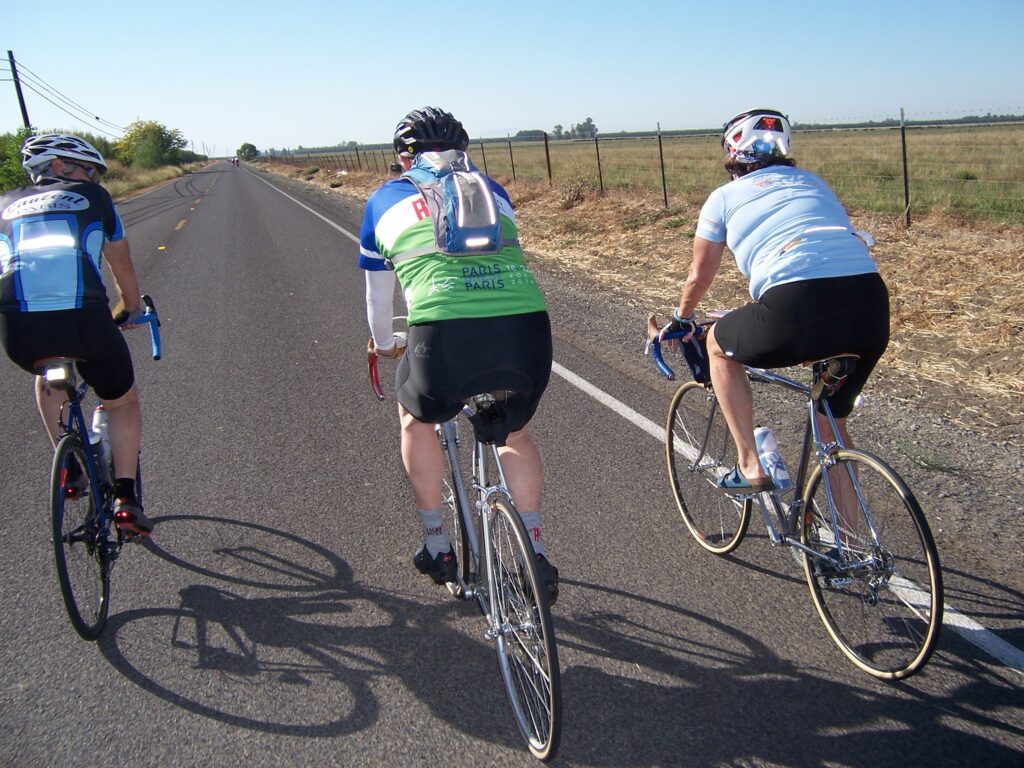
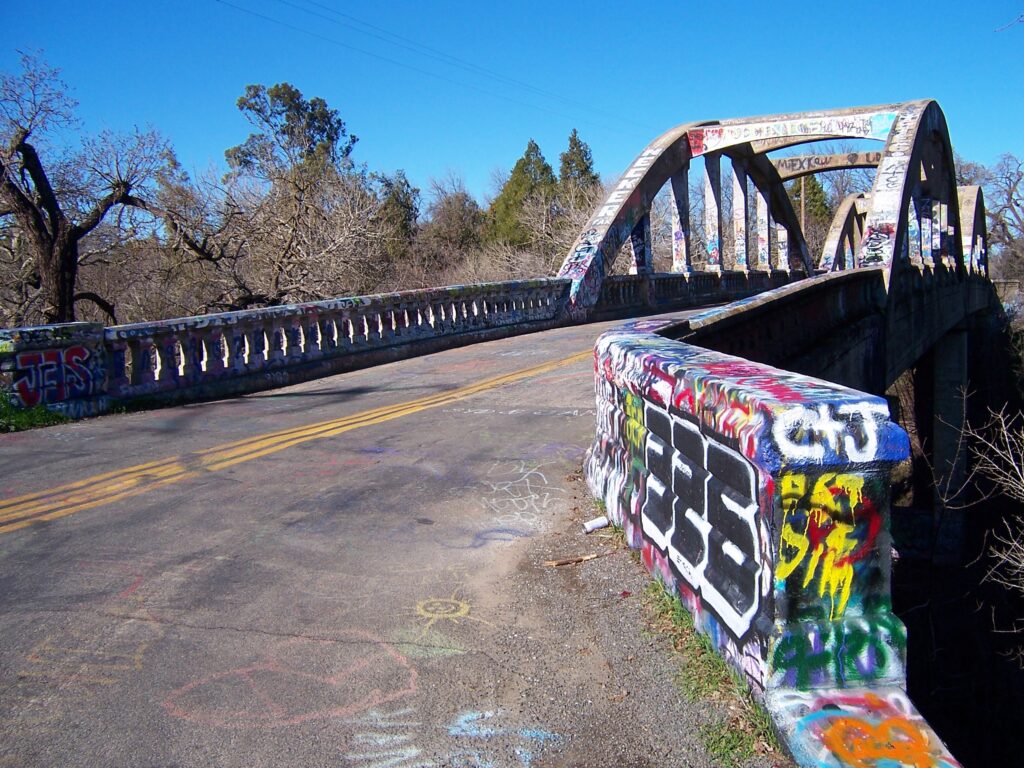
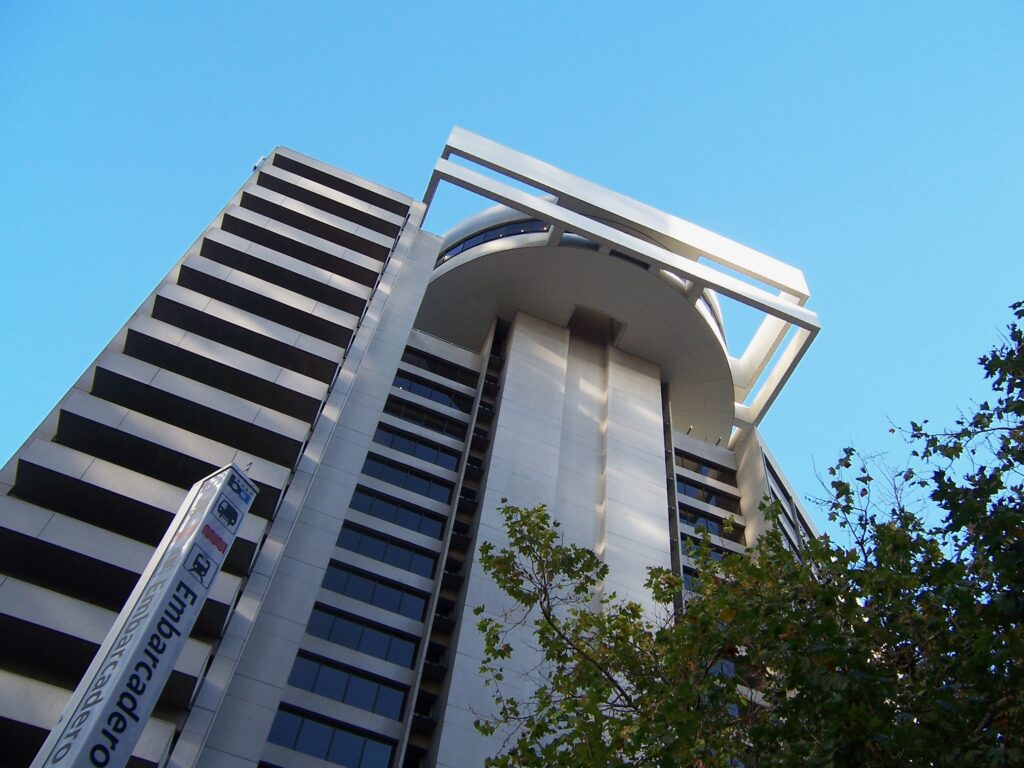
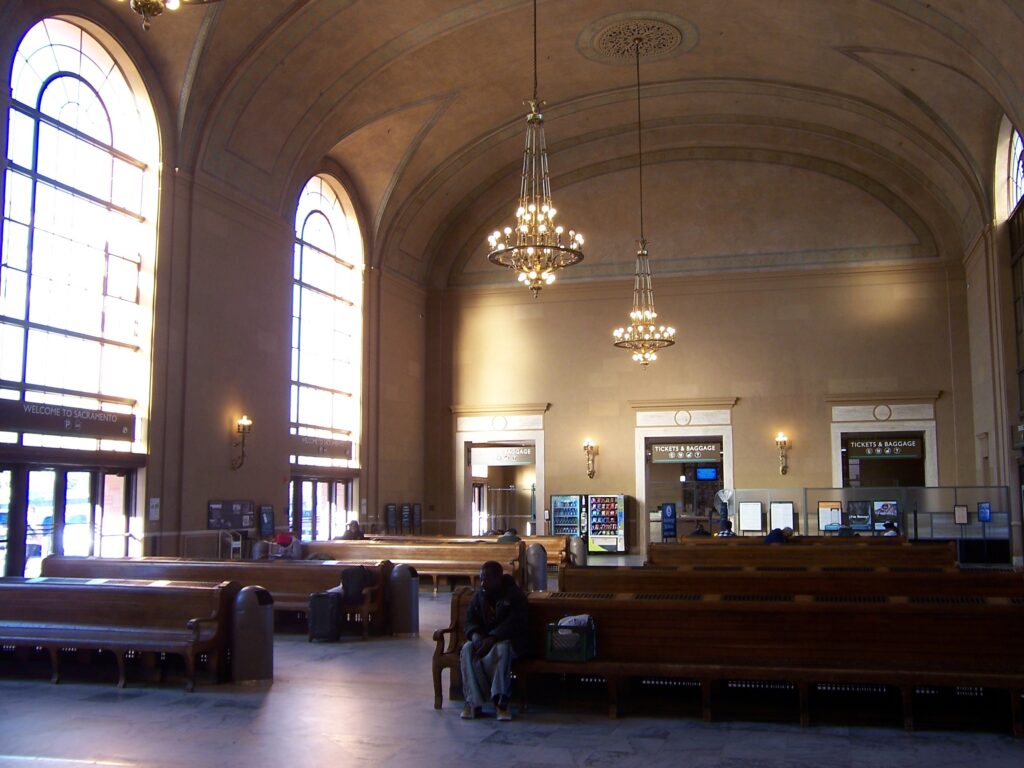
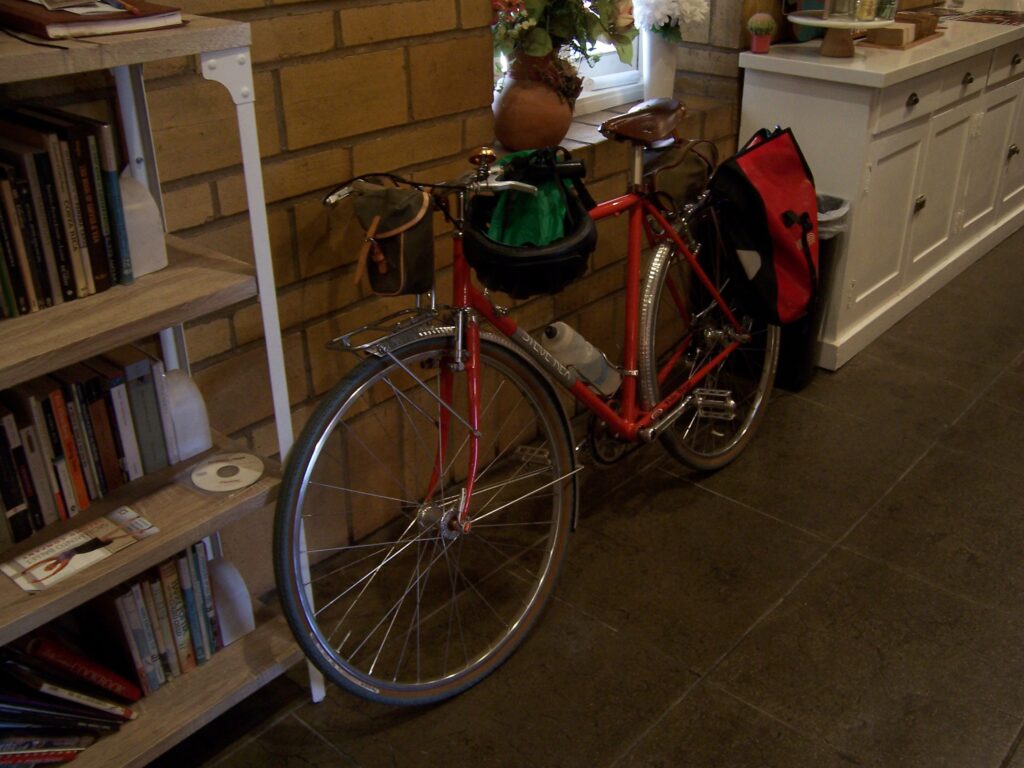
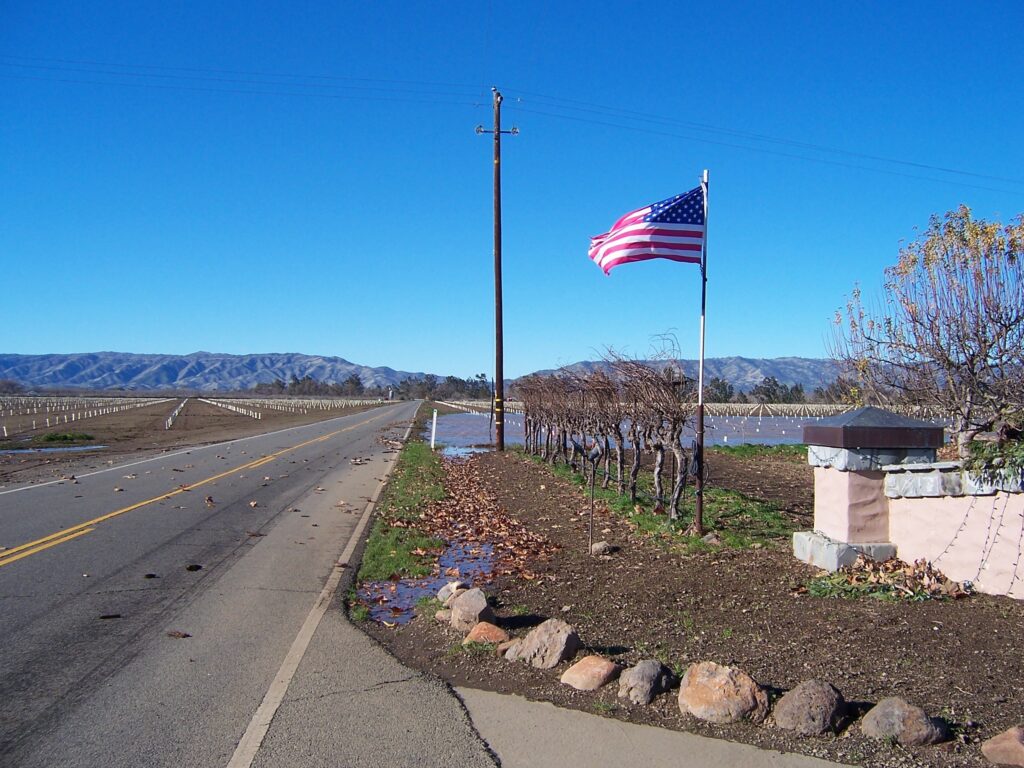
In summary, the Z730 is a perfectly capable little camera. Give it enough light to work with, and it will create very nice images. Not bad at all for a freebie!
You can see more of my images, mostly shot on various film cameras, on my Instagram: @campyonlyguy
Kodak’s original manual for the Z730 is available online here.
Share this post:
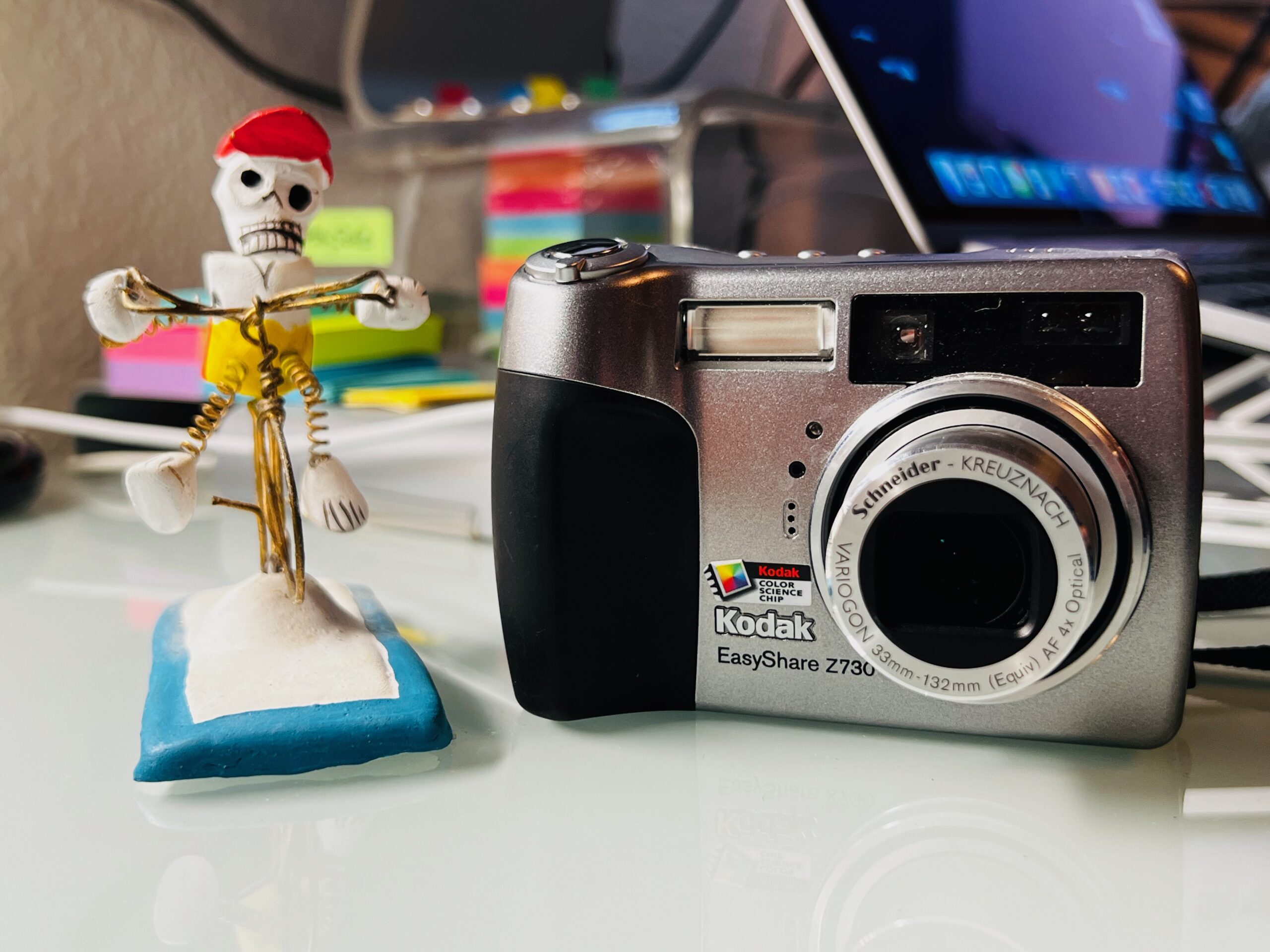
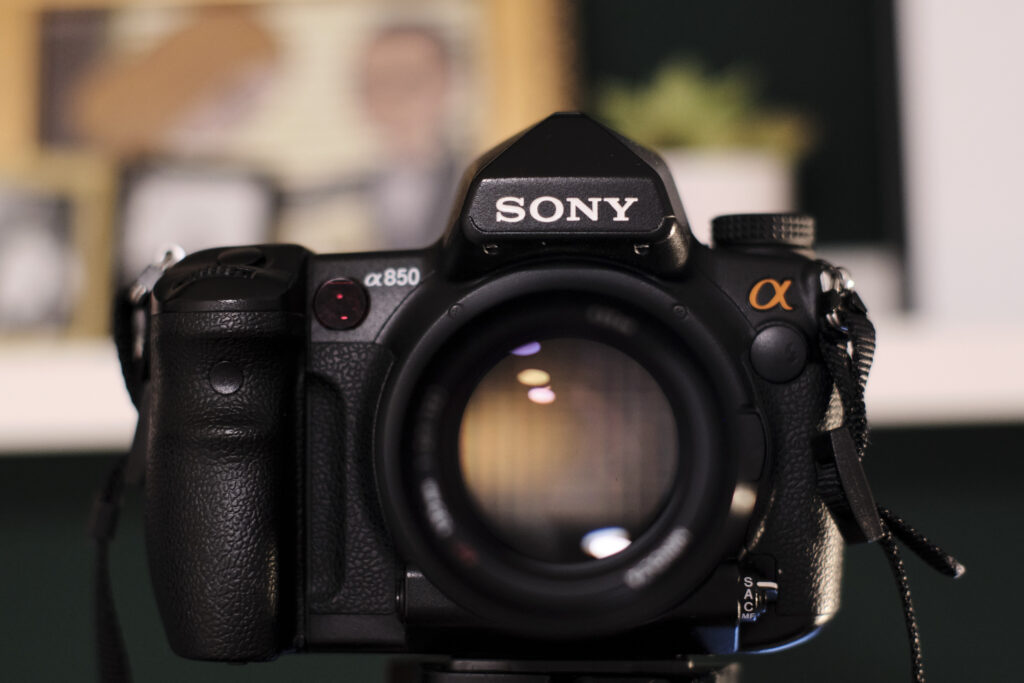
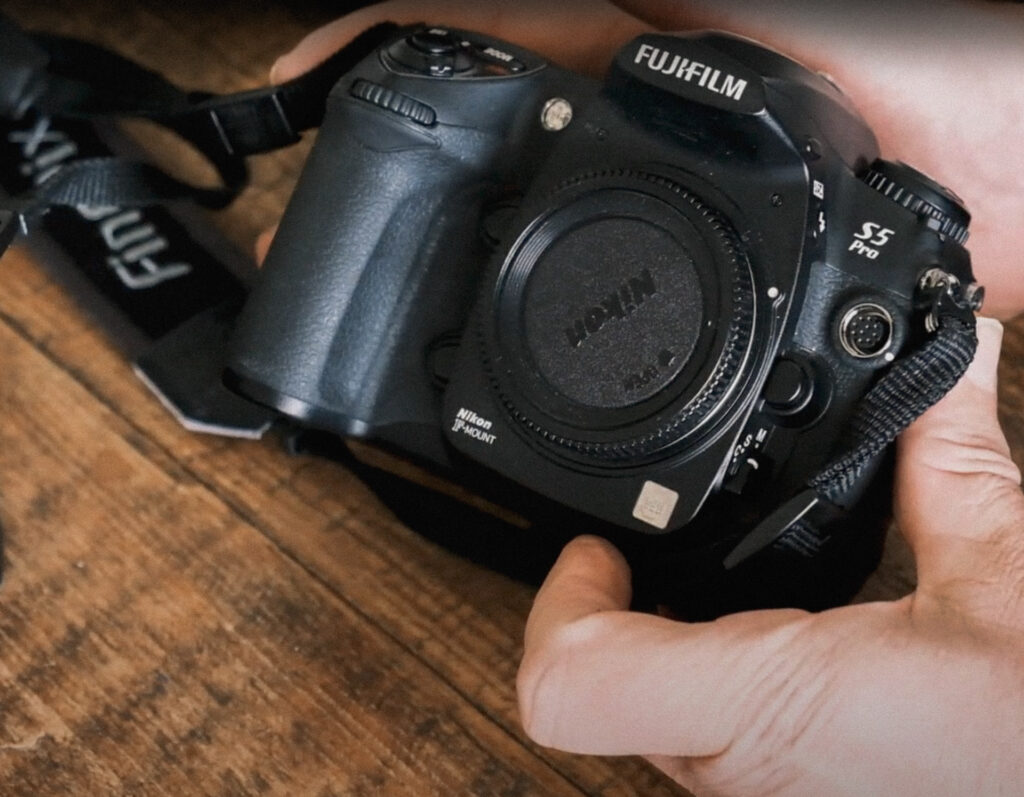
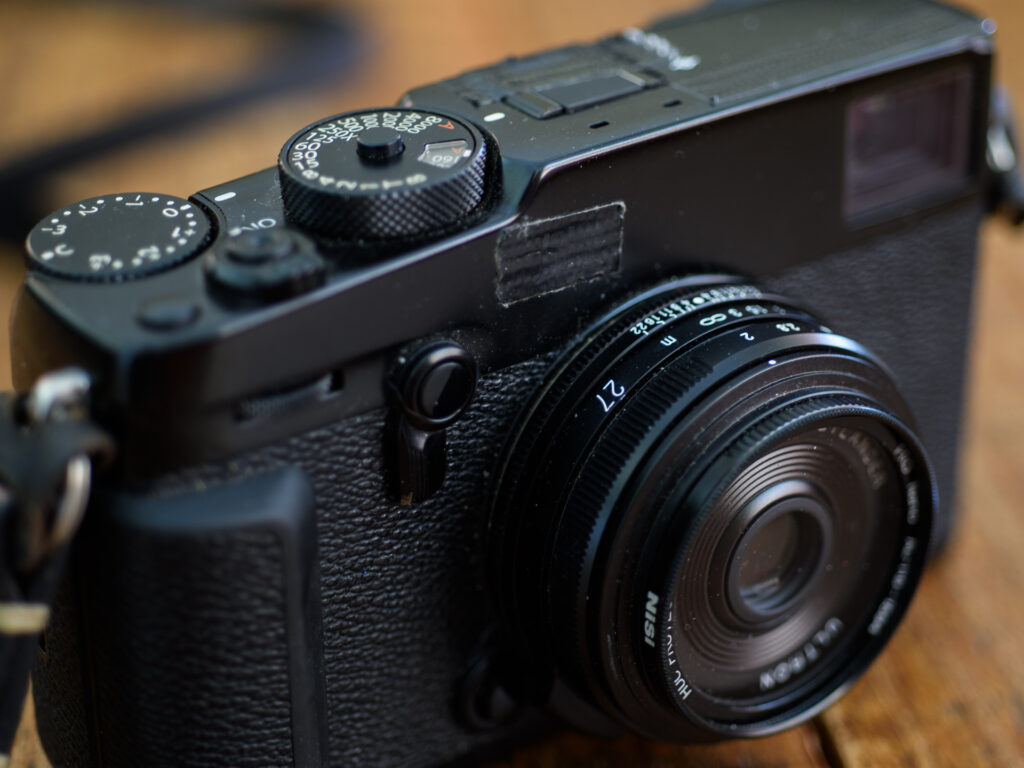
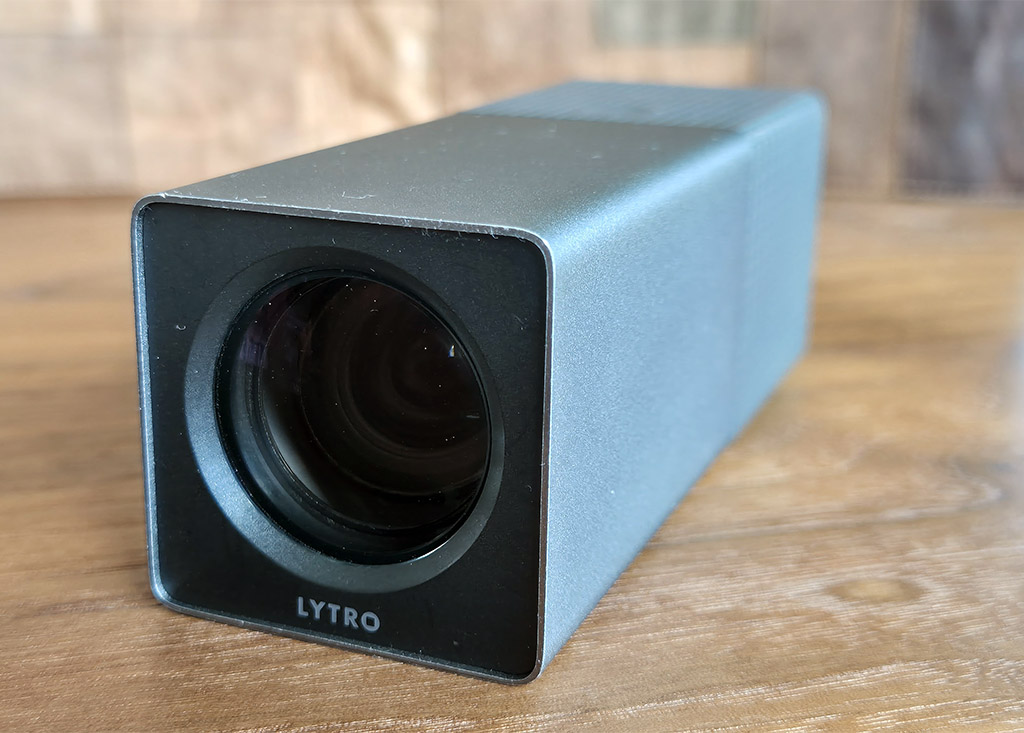




Comments
Jim Grey on Kodak EasyShare Z730 – Jankuary – The Best Camera is the One You Get for Free
Comment posted: 19/02/2024
https://blog.jimgrey.net/2022/11/14/kodak-easyshare-z730/
Peter Brixey on Kodak EasyShare Z730 – Jankuary – The Best Camera is the One You Get for Free
Comment posted: 19/02/2024
Ibraar Hussain on Kodak EasyShare Z730 – Jankuary – The Best Camera is the One You Get for Free
Comment posted: 20/02/2024
I had the Z760 with 6 mega pixels
And the dual lens V705 I think it was and the Z990 Easyshare Max which I still have but my wife left it abroad - she’s going to visit her mum so will bring it back.
Then and now I love the colours and look - and the photos have a certain vibrancy and charm to them which reminds me of memories and is fantastic
You’ve shown this nicely in your photos
I have the digicam bug and especially the Kodak bug.
I must say - the photos have a look and feel which I’m sure will soon be replicated by photo editing software - (if it can) as modern smartphone and Digital cameras have lost this look and the photos from them are thus boring and soulless by default - regardless of how good the camera and photographer
Jay Dann Walker on Kodak EasyShare Z730 – Jankuary – The Best Camera is the One You Get for Free
Comment posted: 20/02/2024
Briefly said, in 2008 I went to Bali for a wedding, a last-minute invitation, and in the rush of packing and preparing for a greatly rushed five-day trip, I left my Contax G1 (film) kit at home. So there I was, on an exotic island full of beautiful scenes and charming people, camera-less.
Someone came to my rescue and loaned me an Easyshare. I had one day to play with it and get used to its odd system of controls, definitely primitive by today's digital camera standards. So off I went to Tampaksiring to see and photograph the holy springs and the famous Goa Gadja
Those West German made Schneider-Kreuznach lenses were capable of surprisingly good results in the right lighting and with a little care. Colors were, well, so-so. As I was in Bali, I opted for a classic Hollywood Technicolor effect and ramped up the colors to as high settings as I dared push them. I set the ISO to as low as I could and to stay on the safe side I kept a careful eye on 'mixed' light scenes as when faced with extremes of shadows that Z730 tended to blow out the highlights and throw the mid-tones whichever way its small 6 MP brain opted to throw them. In harsh tropical light I usually underexpose by -1/3 stop anyway, but so much time has now passed that I cannot recall if I was able to do this with the Easyshare or not. I tend to think yes, however someone please correct me if I'm wrong on it. Compared to even today's cheapest digital P&S cameras this camera was distinctly primitive.
Results were surprisingly good. The bride (Australian) and groom (Indonesian) had many friends with cameras who were all photographing madly away at everything and everyone, so there was no shortage of images of the very charming traditional wedding. I must say I was greatly pleased when they chose many of my photos for their album. Another 'sweetener' from this rushed trip came a few months later when three of my Bali images taken with this camera were published in a travel article in a Melbourne newspaper. And I was paid for those...!
My friend who loaned me the Z730 did not especially care for it and kindly let me use it for about a year after we both returned home to Australia. I took a few thousand images with it before I returned it to its owner, and I have to say that it played a key role in giving me the 'bug', so the following year I bit the digital bullet and bought a Nikon D90 kit (I still have it, also a D700 and two D800s so these days my partner uses the 90 now and then on day trips and bush walks) . So that little Easyshare did me a double favor in that it got me into the digital world. I have no idea if my friend still has that Easyshare. I must ask.
By the way I still have the Contax G1 and three lens kit, but these days it doesn't see much use. Also a fair bit of old film chilling in my darkroom fridge at home, so yes, I must do something to remedy this...
Looking back at these 16-year old photos now, I agree with Ibraar's comment that many of today's digital images look rather souless by comparison and lack that certain 'character'. True, a great deal can be done to liven them up in post processing, but all that involves work and takes up valuable time which at my age I no longer have as much of.
As limited as they now seem, those early 'antique' digital cameras were capable of stellar results in the right hands. And of course there is no faulting the high quality of the Schneider lenses.
Many thanks, Eric, for a pleasant journey back into my early digital past.
Best regards from DANN in Melbourne
Comment posted: 20/02/2024